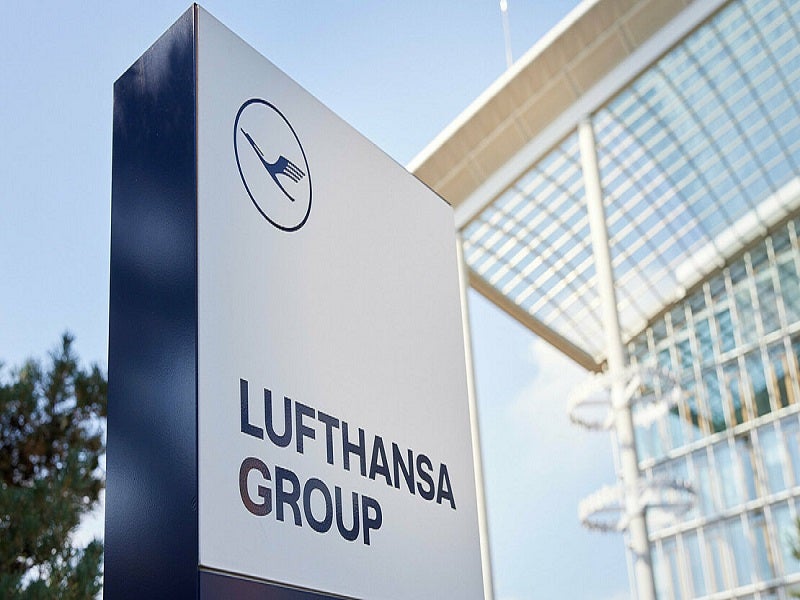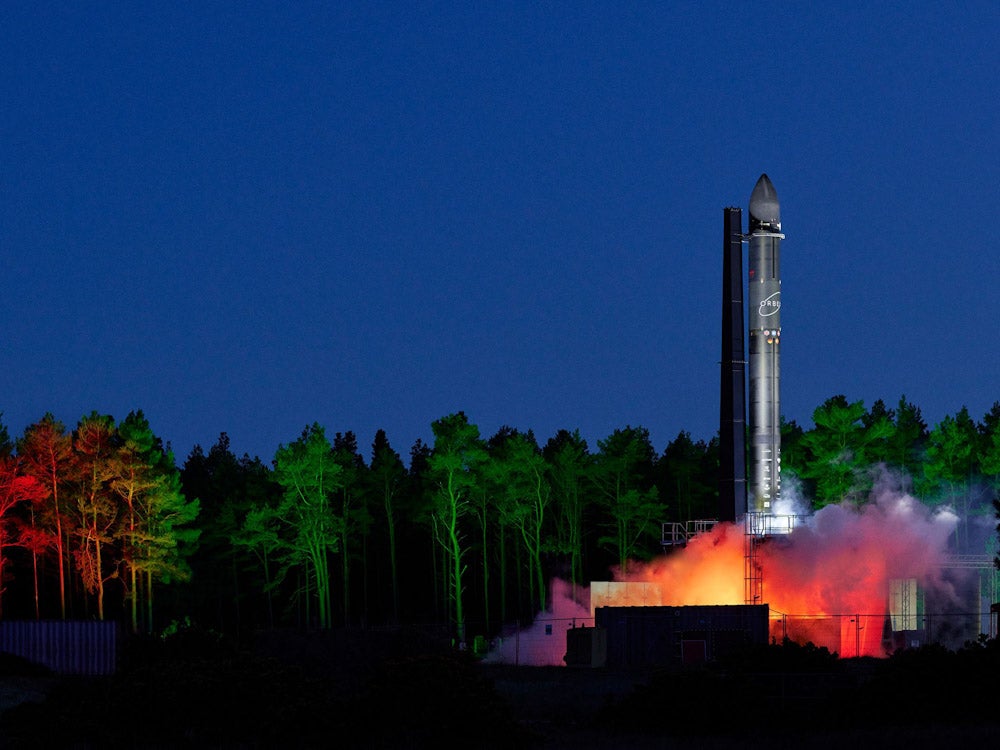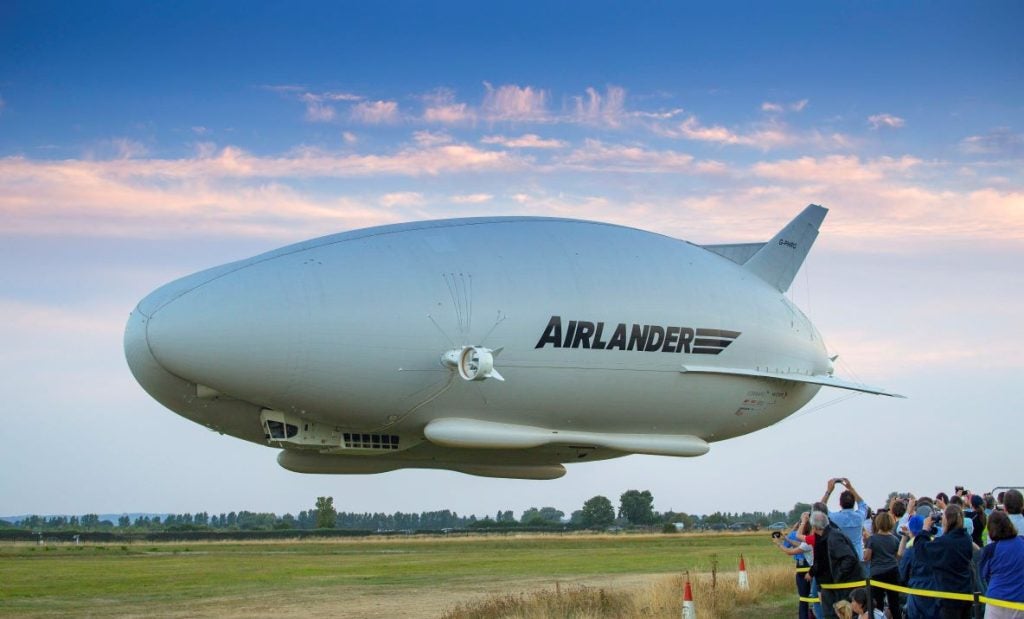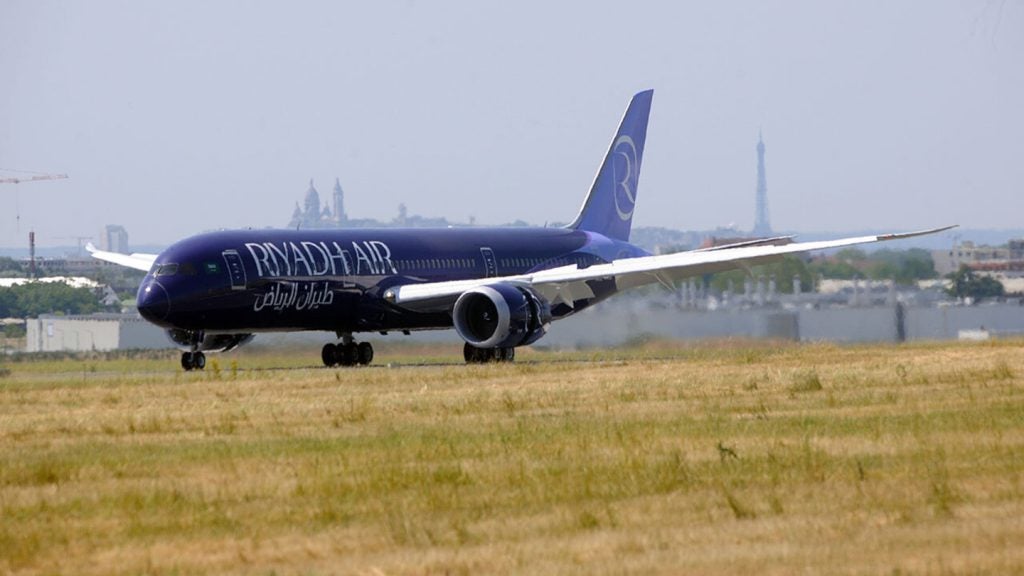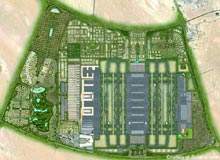
Barry Mansfield: So what is the exact nature of the expansion plans at Dubai International?
Paul Griffths: First of all, we plan to increase the capacity of the existing airport from 35-75 million passengers per annum.
This will be achieved over the next three years by opening a brand new terminal, terminal 3, which is scheduled to open in mid-2008.
Together with two new concourses – numbers two and three – this will give us the capability to handle 25 A380s on pier. The design of terminal 3 is completely underground, beneath the main apron that runs to the south of concourse 2. It’s quite an interesting design; you don’t get any impression of it being underground when you’re in there. And it will improve service levels enormously, so that will be a terrific facility when it’s commissioned.
BM: Is the unusual design purely for aesthetics or is there a function behind it?
See Also:
PG: Although terminal 3 will be open by the middle of 2008, concourse 3 will be opened probably around mid-2010, so it will give us full capacity by the end of the decade. It will be the only facility level of its type specifically designed on a dual-level basis, so that the business and first-class passengers on the A380s can go directly from the lounge areas upstairs on to the aeroplane without having to come down to the boarding level below with the other passengers.
How well do you really know your competitors?
Access the most comprehensive Company Profiles on the market, powered by GlobalData. Save hours of research. Gain competitive edge.

Thank you!
Your download email will arrive shortly
Not ready to buy yet? Download a free sample
We are confident about the unique quality of our Company Profiles. However, we want you to make the most beneficial decision for your business, so we offer a free sample that you can download by submitting the below form
By GlobalDataBM: Tell us about your relationship with the authorities in the region. Have you been able to act more quickly due to their support?
PG: Quite honestly, doing business in the airport environment in Europe is just so difficult now that I don’t think it’s possible to do this kind of thing there anymore. Unfortunately, what this really means for European airports is that most of the growth is going to be conceded to places like Dubai, where there is a far more enlightened approach to airport expansion.
If you look at the phenomenal growth of traffic in the region, this is mostly down to the alignment of government thinking, strategy and funding and the single purpose with which the Al Maktoum family approach tourism and commerce in Dubai.
BM: So would it be fair to say that Europe is falling behind now?
PG: If we take the UK as an example, they’ve had so many service failures that public sentiment has turned against BAA.
There are so many contradicting interest groups and policies in Europe you would never be able to get the flow of resources into one place.
A lot of the things you can do in Dubai would be illegal under EU law. Government ownership of private companies, for example, is illegal under EU law. There are a lot of things done in the name of the consumer that make things impossible over there, ironically. I think Europe has to acknowledge that its policies are leading to stagnation in growth.
BM: There will be inevitable comparisons with Heathrow’s terminal 5. Is it fair to compare the two?
PG: The size of terminal 3 and concourse 2 at Dubai International is double the size of Heathrow’s terminal 5. The technology is later and more state-of-the-art than what’s going into terminal 5.
For example, there are self-check bag drops, as well as self-check-in passenger areas. So in other words, your bag will be automatically tagged when you check into the machine. It will then be identified by an automated scanner and accepted into the baggage system. And remember, terminal 5 doesn’t come with additional runway capacity. We’re working on optimising the use of the two runways here at Dubai, as well as expanding the terminal, so there will be a major leap in both service as well
as capacity.
BM: But, doesn’t Dubai International have its limits? Hence plans for a new airport, Dubai World Central?
PG: Originally the idea was to reclaim some land and make the existing airport larger. But it was decided that the site didn’t have enough space to facilitate the growth that Emirates and the other carriers needed to sustain their business models.
So, the desire was to branch out and build a new airport at Jebel Ali, which is expected to be fully operational by 2017 and will be known as Dubai World Central.
This will be a six-runway airport capable of carrying between 120 and 150 million passengers and 12 million tons of freight per annum, making it by far the world’s largest airport.
This is a perfect illustration of the foresight that exists here. The continued supply of infrastructure will enable Emirates and others to operate a plentiful supply of ready city pairs to be served between the two points.
BM: Is such vast capacity really necessary in Dubai?
PG: I think 120 million passengers, nine concourses, two terminals and six runways is a breath-taking proposition. Beyond that, the question is: what role do you want the two airports to play? Do you continue to run Dubai International at 75 million passengers with Dubai World Central at 150 million, thereby serving up twice the capacity of the total London airport system? Or, do we acknowledge that we don’t need that much capacity and take action to change the style of operation?
This question will be asked at some point in the future, but there’s no need to ask it now. Just funding the $33bn investment to create the world’s largest airport is such a huge undertaking. The chances of considering more expansion are fairly slim. I think this will be enough to see us through to the middle of the century.



